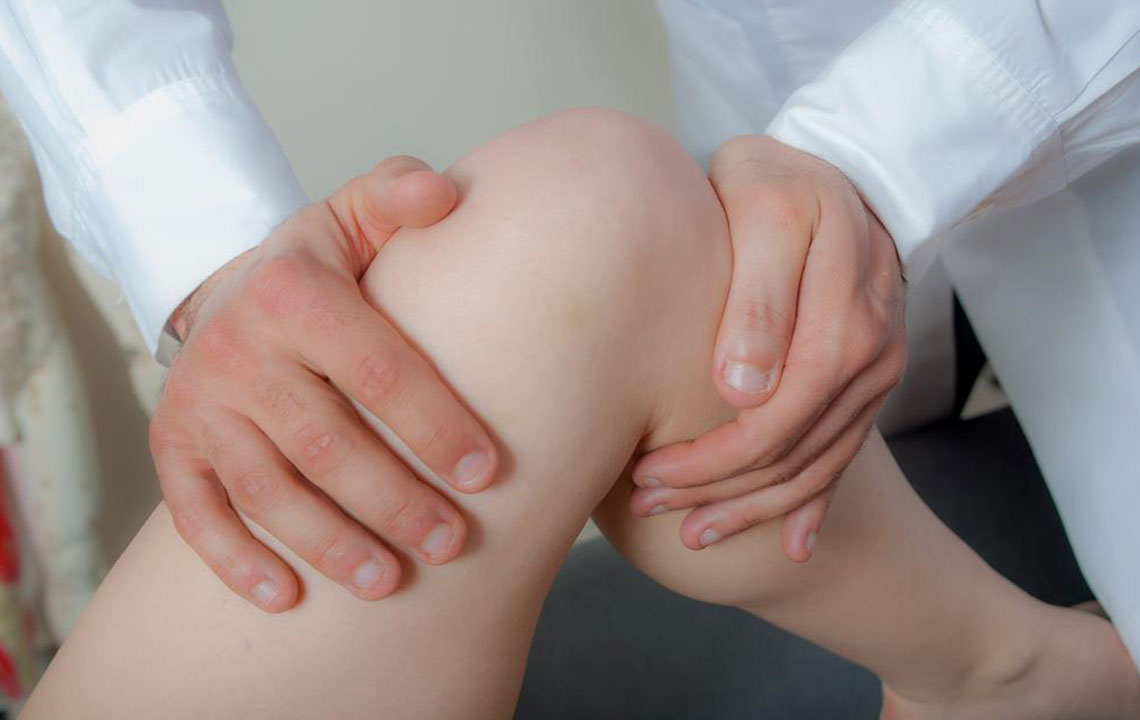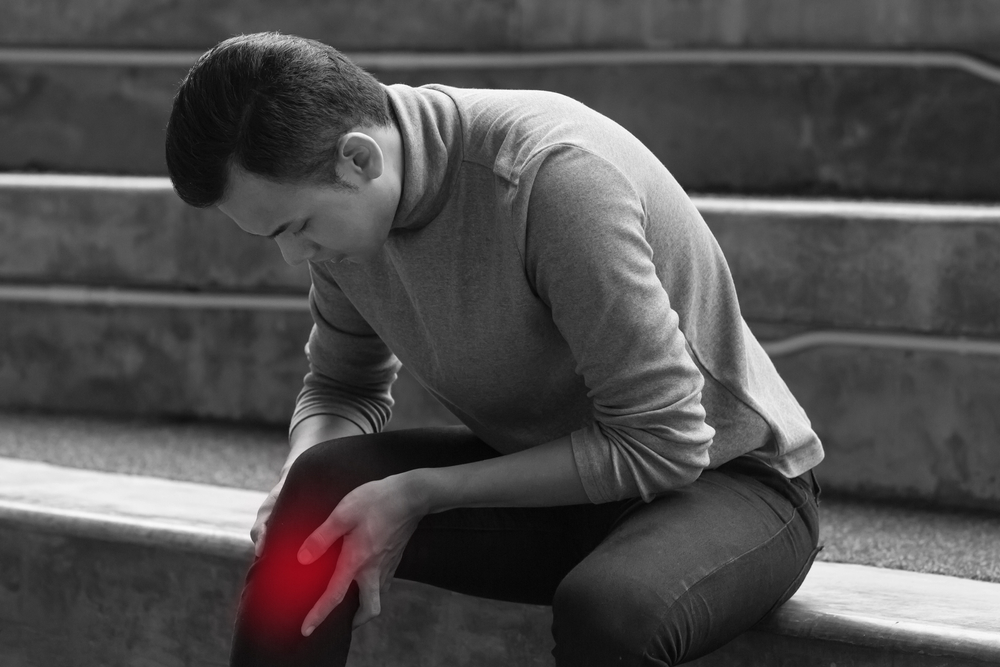Proven Approaches to Managing Knee Arthritis Effectively
Discover effective strategies for managing knee arthritis, including diagnosis, treatment options, and surgical procedures. Learn how weight management, exercise, medications, and support devices can alleviate symptoms and improve joint function. This comprehensive guide emphasizes lifestyle changes and medical interventions to help patients regain mobility and reduce pain associated with knee arthritis.

Proven Approaches to Managing Knee Arthritis Effectively
Although age is a major factor in developing knee arthritis, it can affect people of all ages, especially with genetic predisposition. This condition, fundamentally degenerative, results from cartilage deterioration in the joint, leading to bones rubbing together. Symptoms include pain, stiffness, swelling, and limited movement, often with bone spur formation.
How is knee arthritis diagnosed?
The diagnosis process involves a healthcare provider reviewing medical history and examining physical signs. Sharing details about pain triggers, relief methods, and family history aids diagnosis. Additional procedures may include:
X-ray scans to detect joint deterioration and bone growths.
MRI scans for detailed soft tissue visualization if X-ray results are inconclusive.
Blood tests to exclude other conditions mimicking arthritis symptoms.
Further testing might be recommended if necessary to confirm the diagnosis.
What treatment options are available for knee arthritis?
Primary objectives include alleviating pain and restoring joint function. Treatment strategies often combine:
Weight Control: Reducing even a small amount of weight can lessen stress on the knee joints, alleviating symptoms.
Exercise Regimens: Targeted exercises strengthen muscles around the knee, enhancing stability and reducing discomfort. Regular activity maintains flexibility and mobility.
Medications: Over-the-counter analgesics such as NSAIDs (ibuprofen, naproxen) and acetaminophen help manage pain and inflammation. Use cautiously and short-term to avoid side effects. For persistent pain, doctors may prescribe stronger anti-inflammatory drugs.
Injections: Corticosteroid and hyaluronic acid injections can reduce swelling and lubricate joints, providing pain relief.
Alternative Methods: Topical creams containing capsaicin, supplements like glucosamine and chondroitin, and acupuncture may support symptom management.
Support Devices: Knee braces, including stabilizers and unloader types, help stabilize the joint and decrease inflammation by redistributing load.
Physical Therapy: Therapies focusing on strengthening, flexibility, and teaching pain-free techniques help patients regain ease in daily activities.
Surgical Interventions: When conservative treatments no longer provide relief, options like osteotomy, total joint replacement, and minimally invasive arthroscopy may be recommended.
Surgical Choices for Knee Arthritis
Common surgical procedures include osteotomy, joint replacement (arthroplasty), and arthroscopy. Here's a brief overview:
Osteotomy: This procedure realigns bones to improve knee function, often used when damage is localized or after injury. It may need revision in the future.
Arthroplasty: Damaged joint surfaces are replaced with artificial components made of metal and plastic. Typically advised for older patients with severe joint degeneration.
Arthroscopy: Small instruments and camera are used to repair tissues with minimal invasiveness. Suitable for younger individuals with less extensive damage.
These methods aim to diminish pain and enhance mobility. Maintaining a healthy lifestyle and diet is crucial for prevention and management of knee arthritis.


